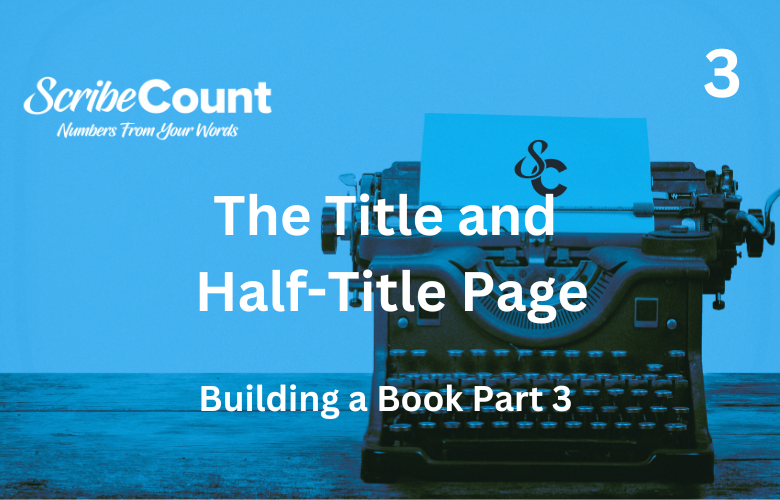Creating the Perfect Title and Half-Title Pages for a Self-Published Novel
The title page and half-title page are two of the first elements a reader encounters when opening a book. These pages are not just placeholders but serve critical purposes in the presentation and professionalism of a self-published novel. Proper formatting ensures a polished look and provides room for practical features such as author signatures.
Understanding the Half-Title Page
The half-title page is the very first page of a book’s interior. Traditionally, it includes only the book’s title, acting as an understated introduction to the work. This page is often overlooked in digital formats, but for print books, it is a key element of book design.
Purpose of the Half-Title Page:
It offers a minimalist introduction to the book.
It protects the title page from damage by being the first printed page.
It serves as an excellent spot for the author’s signature in signed copies.
Formatting the Half-Title Page:
The title is centered and printed in the same font as the main title page but in a smaller size.
No subtitle, author name, or publisher information appears here.
The page is usually placed on a right-hand (recto) page.
The back of this page (verso) is often left blank or includes an additional decorative element.
Example of a Half-Title Page:
(Centered on the page, using a suitable font size)
The Forgotten Isle
(End of page)
The Title Page: The Book’s Formal Introduction
The title page follows the half-title page and includes essential details about the book. It serves as the formal introduction to the novel and is commonly required for copyright purposes.
Key Elements of the Title Page:
Book Title – Displayed prominently in a large font.
Subtitle (if applicable) – Placed below the title in a smaller font.
Author’s Name – Centered below the title and subtitle.
Publisher’s Name and Logo – Optional but recommended for branding.
Location and Year of Publication – Often found in traditional publishing but not always included in self-published books.
Formatting the Title Page:
The book title should be in a larger, bold font to establish dominance.
The author’s name is generally centered below the title.
Publisher details (if included) should be at the bottom of the page.
This page is placed on a right-hand page.
Example of a Title Page:
(Centered on the page, using appropriate fonts and sizes)
THE FORGOTTEN ISLE
A Novel
by
Jane Doe
(Self-Published Logo or Name)
Published in 2025
(End of page)
Leaving Room for the Author’s Signature
For authors who sell signed copies, it is crucial to allocate space for a signature. The best placement for signing is usually the half-title page because it remains free of other details, giving a clean space for personalization. Some authors also use the title page, typically signing below their name.
Tips for Signature Placement:
Leave extra margin space near the bottom or center of the half-title page.
Use high-quality paper that supports ink well to prevent smudging.
If designing for signed editions, avoid decorative flourishes in the signing area.
By carefully formatting the half-title and title pages, a self-published author ensures a professional and aesthetically pleasing presentation. These pages set the stage for the reading experience and provide practical benefits, such as space for autographs and book personalization.

